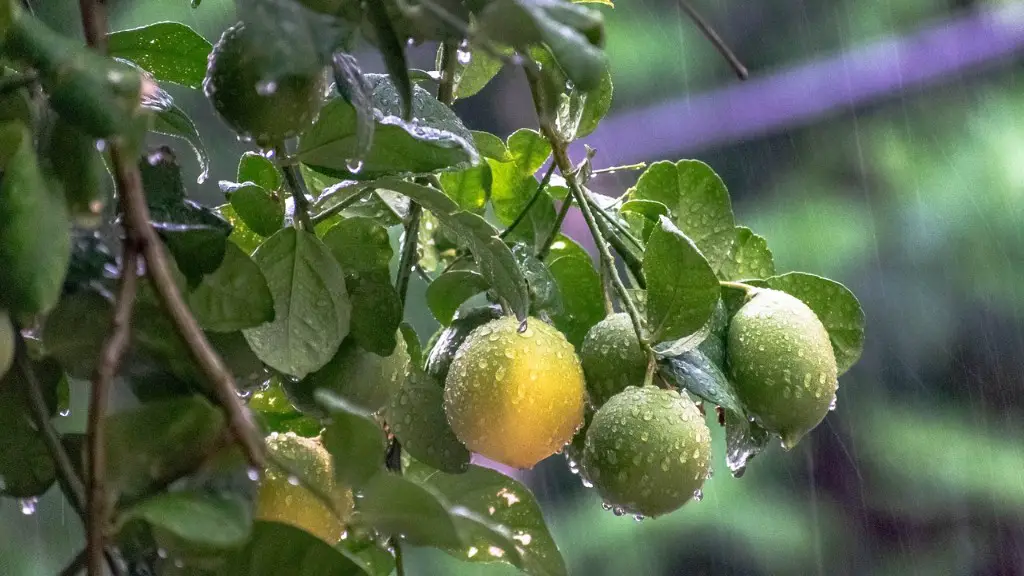The Basics
Cherry tree pruning is a maintenance practice that not only promotes the health and vigor of the tree, but can also shape the tree and ensure future annual harvests of sweet fruit. Pruning must be done with care, as timing and specific techniques can play a major role in determining the overall success of the cherry crop. Knowing when and how to prune is essential for anyone wanting to enjoy a healthy, abundant harvest.
Pruning should not necessarily begin as soon as the tree is planted as the first rule of thumb is to prevent over pruning. An ideal pruning timeframe for cherry trees is from late winter to late spring. Pruning at this time of the year allows the development of flower buds and the strengthening of the tree prior to the heat of summer. Chopping off a large branch late in the spring can potentially set back flowering and fruiting by a full year due to the lack of energy the tree has to put forth.
Pruning Young Trees
For smaller trees, pruning will begin with the planting hole. As the tree is placed into the hole, the roots should be spread out in the same way they were positioned in the nursery lifting container. Of course, any broken, dead or diseased branches should be removed from the younger tree at the time of planting. This process should be done with the use of sanitized or sterilized pruning tools, such as a clipper or saw. Any remaining pruning for the young tree should be light until the tree is mature.
Pruning Mature Trees
When the tree has matured, pruning should be done to remove any branches that are wilted, dead, broken, or crossed over other branches. If a branch has a downward slope, that should also be considered for trimming. All pruning should be done with clean instruments in order to prevent any potential diseases. Additionally, pruning can be beneficial in order to increase air circulation, create an even canopy and expose the fruit to more direct sunlight.
Specific Pruning Tips
When pruning a cherry tree, ensure that accurate measurements are taken to ensure that the proper length of branch remains after being trimmed. For example, the branch should remain at least 1/3 of its original length in order to remain healthy. If severe pruning is necessary, it is important to only prune back to where the branches began growing out of the trunk or another healthy branch. Pruning too far back could expose the tree to potential diseases and weaken the branch itself.
Maintaining Tree Health
Keeping a cherry tree healthy is essential for a seemingly endless abundance of fruit. A happy tree will bear fruit, flower and produce healthier foliage. In order to properly tend to a cherry tree, it is essential to begin pruning early in the season. Begin with light pruning techniques such as thinning, selective pruning and shaping until the tree has become mature. Once the tree has reached a mature age then heavier pruning can take place. However, pruning should be the last line of defense when it comes to keeping a tree healthy. Regular fertilization and proper watering should be used to reap the most benefit and create the ideal growing environment.
Dangers of Pruning
Incorrect pruning can pose a great risk to the health of a mature cherry tree. Pruning can open up the canopy to more light and air, which can speed up the flowering process. However, if abrupt pruning is done in the final moments of the season, it can expose the branch to colder winter temperatures, which can have a direct impact on the following season’s flower and fruit production.
The process of successfully pruning a cherry tree is an art form and should be done with care. Timing and the use of pruning techniques that make sense for a particular tree are essential components for success. It can be beneficial to enlist the help of a professional arborist who can help decipher a plan of action that works best for the particular tree being pruned.
The Right Tools For The Job
Having the proper tools for pruning can also make the process much easier. Use a good pair of hand shears if the branch is too small for loppers or a pruning saw. Hand shears can squeeze close to the branch collar, creating a clean cut that won’t leave stubs and will promote the healing process. Pruning saws are ideal for the thicker branches that cannot be managed with hand shears. Pruning saws create a clean cut, while also leaving behind minimal damage to the branch collar.
Conclusion
When it comes to pruning a cherry tree, timing is everything. Pruning too early in the season can weaken the tree, while pruning too late can pose potential risks. Additionally, having the correct tools for the job can make the difference in the success level of the pruning process. With the proper timing and equipment, any enthusiast can adequately prune a healthy cherry tree and enjoy the tasty rewards that accompany it.


